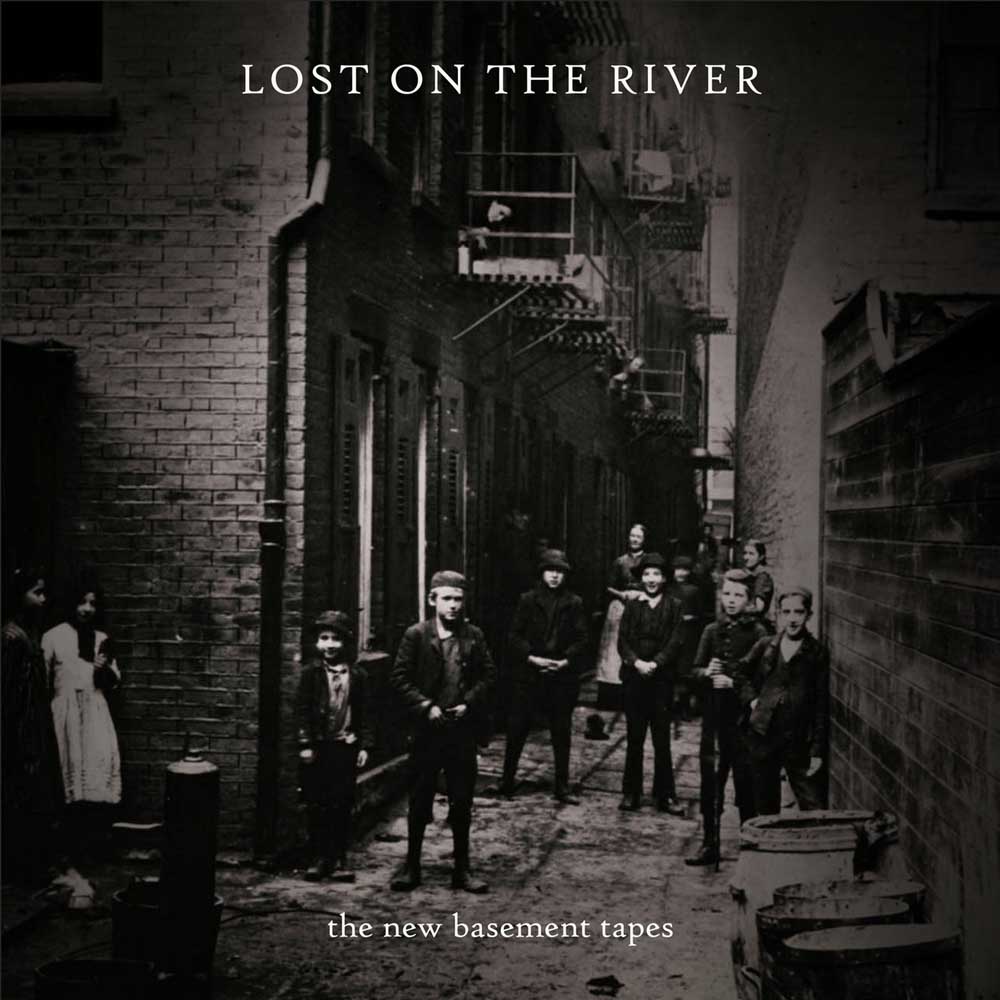Album review: The New Basement Tapes
Published 12:00 am Friday, November 14, 2014

- The New Basement Tapes, "Lost on the River: The New Basement Tapes"
“LOST ON THE RIVER: THE NEW BASEMENT TAPES”
Electromagnetic Recordings/Harvest Records
Trending
Serendipity can’t be scheduled, but recording sessions can.
The producer T Bone Burnett was offered, out of the blue, a batch of lyrics that Bob Dylan wrote in 1967, when Dylan and the Band were in upstate New York recording what would become known as “The Basement Tapes.” They were tall tales, surreal travelogues, love songs, existential riddles and exercises in wordplay — unmistakably Dylan.
To turn them into songs, Burnett sent the lyrics to selected rootsy songwriters — Elvis Costello, Marcus Mumford of Mumford & Sons, Jim James of My Morning Jacket, Taylor Goldsmith of Dawes and Rhiannon Giddens of the Carolina Chocolate Drops — and booked two weeks at a Hollywood studio for them to all work together. Unlike the seclusion that Dylan and the Band enjoyed in 1967, there was a documentary crew on the premises; “Lost Songs: The Basement Tapes Continued,” arrives on Nov. 21 on Showtime.
It’s a project that could have easily capsized under its own self-consciousness and the weight of the Dylan legacy. The fallback approach of the New Basement Tapes, as the collective was named, is the stately sound of the Band, filtered through Burnett’s cinematic approach to traditionalism; the songs unfurl as they go, gathering resonance and gravity. But the personalities of the songwriters, who are bandleaders on their own, push through: Mumford’s plaintive earnestness and dramatic crescendos, James’ dreamy absorption, Goldsmith’s humble storytelling and Costello’s cynical grit or spooky melancholy.
Giddens, the relative newcomer, has been playing traditionalist string-band music in the Carolina Chocolate Drops, and her fiddle glides through many of the arrangements. On lead vocals (and, usually, banjo), she’s the album’s revelation, singing melodies that hark back to Celtic modes with a decisive presence and a haunting grace. Her “Spanish Mary” — one more of Dylan’s irresistibly magnetic mystery women — could almost be a centuries-old Appalachian tune, though the arrangement gusts toward psychedelia.
Songs don’t write themselves, even with lyrics as vivid as those Dylan provided. The full 20-song version of the album includes alternate settings. James makes “Hidee Hidee Ho” — “makin’ love where e’er we go” — a jaunty piano shuffle, the closest thing on the album to the sense of humor that runs throughout the original “Basement Tapes.” Giddens hears it as a tale of restlessness and abandonment, sung in a creaky, mountain-granny voice.
Trending
The album’s title song, “Lost on the River” also gets two versions. It has verses about lovesick loneliness, and a chorus that concludes, “I got lost on the river, but I got found.” For Costello, it’s a slow waltz with an exposed electric guitar, moving from desperation to solace. For Giddens (sharing writing credit with Mumford) it’s an otherworldly plaint with sparse acoustic backup and high harmonies from the Lovell Sisters, concluding in a sorrowful minor key. Neither sounds like the song Dylan might have written, yet each is entirely convincing on its own.
— Jon Pareles
New York Times








